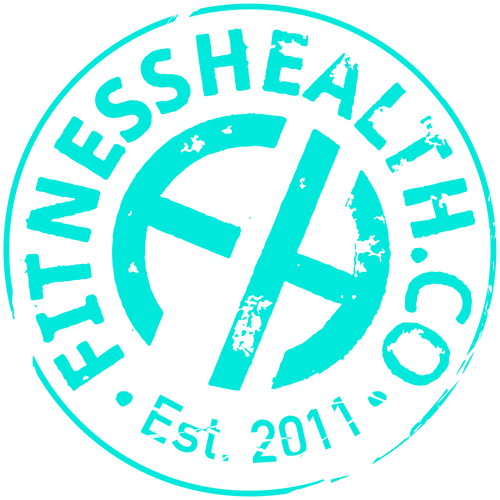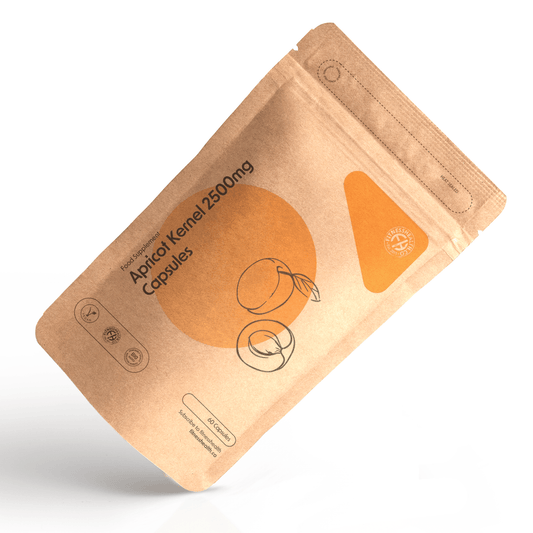
Lifting heavy weights daily without rest or break would make you healthy and muscular; this is a myth. Working out is all about working smart, not about working hard.
"Should I lift heavy weights every day?" you might ask. Let's answer this common question. Lifting heavy weights daily can hurt your aim of gaining muscle and becoming leaner. When you exercise you create micro-tears in your muscles.
Now, your muscles are able to only grow when you let these tears heal properly. Targeting the same muscle groups by lifting heavy weights daily will only deny your body this rebuilding process.
Even if you have planned on targeting different muscle groups during your workout session on consecutive days, you are suggested to skip lifting a few days each week to let the tears repair and prevent overtraining.
- Rest Time
You are required to leave at least 48 hours between your workout sessions for particular muscle groups. This means if you target your legs on Tuesday morning, you must wait until Thursday morning or even later before you train them again. An intense lifting session may require you to take as much as 72 hours of rest so that all the tears are fully repaired and your muscles are recovered to go through the intense exercise session again.
- Total Body or Split Sessions
If you've planned on doing complete or total-body workouts, do just two to three sessions on non-consecutive days of the week. A split session lets you frequently train while allowing your muscles adequate rest. In a split set, you lift heavy weights four days per week while targeting different muscle groups in each session.
Suppose, you target legs on Monday, your arms and shoulders on Wednesday and your back and chest on Friday, then Tuesday and Thursday are going to be your rest days which will allow the tears from an intense workout to be repaired. Your muscles will be strengthened if you give them proper time to heal.
As a general rule of thumb concerning lifting, you should weight lift only three days per week. This advice is from Gavin McHale, a Winnipeg-based kinesiologist and certified exercise physiologist. Take note that during each session you should at least try to hit most of your major muscle groups (if not all), performing one big lift, like a squat, bench press in combination with smaller ones like shoulder presses, curls, and lunges.
Gavin McHale says, “By carrying out total-body strength workouts like this, you work each muscle group enough to build strength, but not so intense that you have to take multiple days off between each strength workout.” Also, by doing this, you'll have enough leisure time to enjoy other fun physical activities i.e. yoga, basketball, etc. Davis continues, “Those active recovery or cross-training days will help you gain more out of each pound of iron lifted.” Doing so will not only help you get the blood flowing, these activities tend to provide more oxygen as well as nutrients to sore and torn muscles, speeding up the overall recovery time.
Listen to your body when it comes to working out. Keep in mind that your lifting schedule can evolve. If you feel sore for more than a few days and your workout performance declines, you need to add more gaps to your weightlifting session. Or if you want to keep on doing a three-per-week schedule, perform a few exercises per workout.
Continue doing so until you feel you've gained enough strength to add more intense exercises to your workout session without feeling sore. Certainly, by implementing these simple thumb rules taught by various health specialists will help you become stronger.








